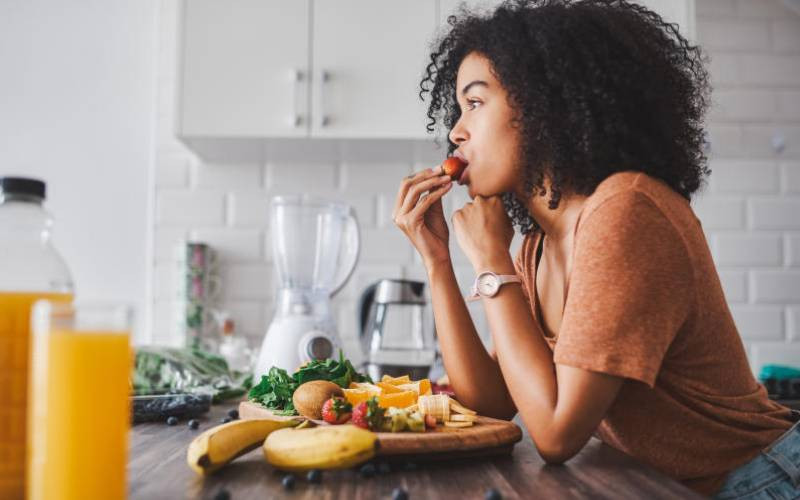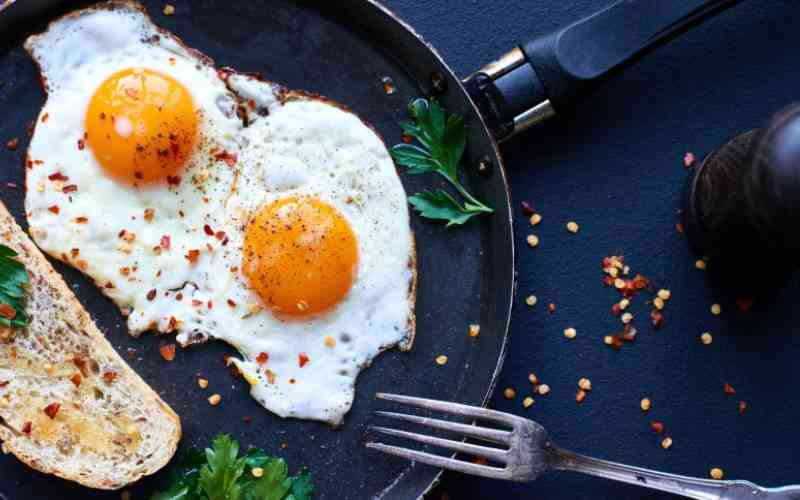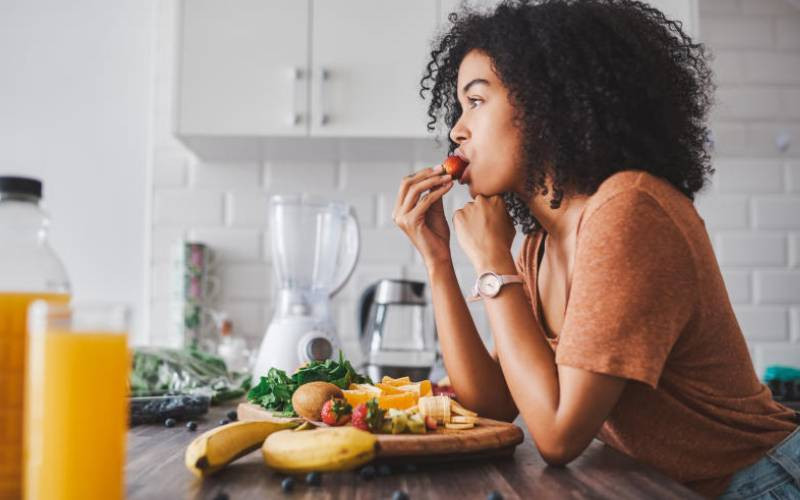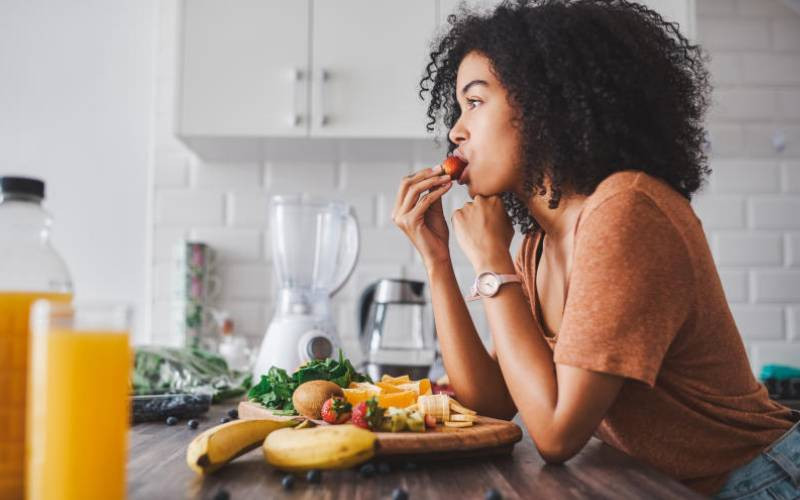
Sugar is such an emotive subject for so many people, which is why the conversation about natural sugars and added sugars must be revisited regularly. It’s hard to control your sugar intake but with this information, you will be able to make much better choices.
1 Added Sugars
Sucrose and high-fructose corn syrup are used to make sweeteners. They are usually added to food as it is prepared, hence the name ‘added sugars’ and are usually about 15 calories per teaspoon. Added sugars can be found in our favourite treats such as sweets, ice cream, sodas and fruit drinks, baked goods (mu ns, cake etc.) and energy drinks (Red Bull, Shark etc.) And let’s not forget the sugar we add to tea, coffee and drinking chocolate.
So What? When eaten in large quantities, these sugars can lead to weight gain and fluctuating blood sugar levels. It is best to substitute these treats with much healthier snacks. Many people wonder where their weight gain comes from; please check your diet for items like the ones mentioned above. A good idea is to keep a food diary or log for a period of seven days in order to evaluate your eating habits.
2 Natural Sugars
There are only two forms of natural sugars –lactose and fructose, the first is found in milk and the other in fruits. These types of sugars are carbohydrates but they serve a nutritional purpose and are more beneficial to our bodies than added sugars are.
Milk and fruit are a great source of vitamin D, calcium, vitamin A, vitamin C, protein and fibre. When you read the food labels on cookies, sodas, or sweets that I mentioned above, you will not find any of these nutrients. A fibre-filled fruit like a mango and the protein in an egg cause a less dramatic spike in blood sugar. These also make you feel fuller for longer.
So What? If you are like me, you’ll struggle with accurate food labels when you shop. The total grammage of sugar often indicated on the box doesn’t distinguish natural sugars from added sugars so what do you do? In order to lead a healthier lifestyle, read the ingredients and ensure that no added sugars are listed.
Focus on nutrition-filled food rather than ‘fillers’ like sodas, cakes, crisps and cookies that tend to be served at parties, offices and even at home. Ensure that when you buy groceries you don’t fi ll your cabinets with these; instead fill your cabinets with fruits, nuts, and wholegrain snacks. This will help you snack healthy!
 The Standard Group Plc is a multi-media organization with investments in media platforms spanning newspaper print
operations, television, radio broadcasting, digital and online services. The Standard Group is recognized as a
leading multi-media house in Kenya with a key influence in matters of national and international interest.
The Standard Group Plc is a multi-media organization with investments in media platforms spanning newspaper print
operations, television, radio broadcasting, digital and online services. The Standard Group is recognized as a
leading multi-media house in Kenya with a key influence in matters of national and international interest.










